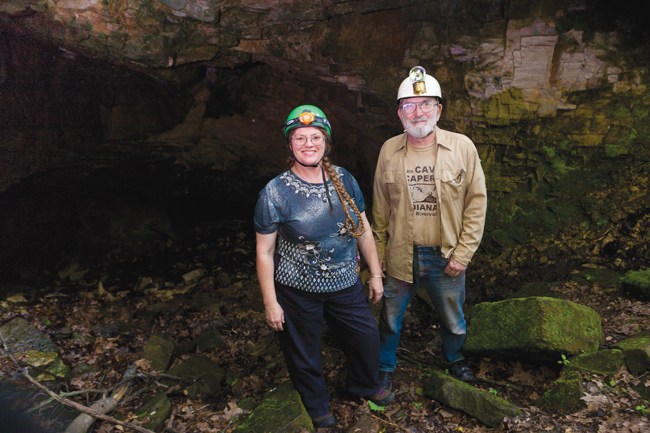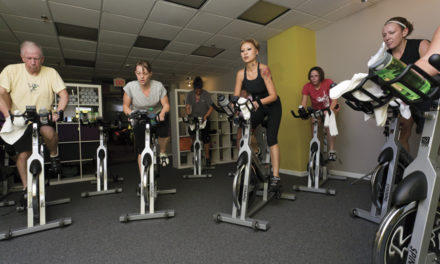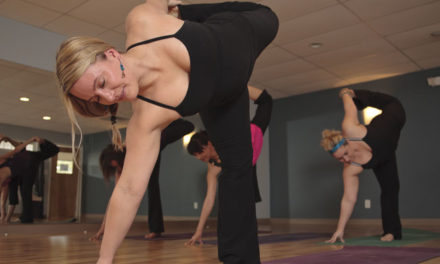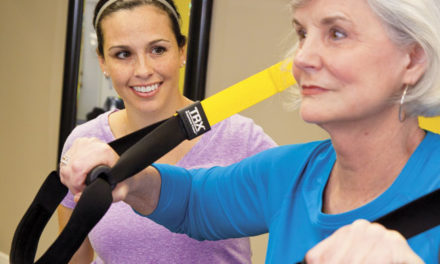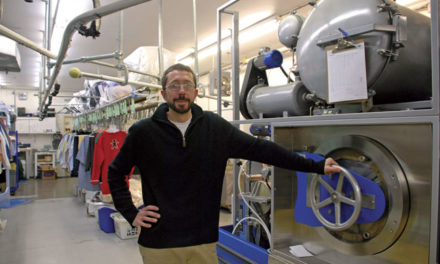BY JANET MANDELSTAM
Who likes to spend time in dank, wet, muddy, totally dark places? Cavers, that’s who, and Bloomington has an enthusiastic gaggle of them. Some of them are known formally as BIG, the Bloomington Indiana Grotto, and when they’re not challenging themselves underground they are doctors, lawyers, scientists, and professional folks of every ilk.
Bloomington is an ideal spot for exploring caves, says BIG chair Patricia Cummings. “Most caves form in limestone, and we’re here in the limestone region.” Cummings and her husband, Sam Frushour, BIG treasurer, say they can leave their home in town and be at several caves—Buckner, Wayne, and Mayfield among them—within 10 minutes. “Some of us can even go caving after dinner.”
For Cummings, caving is about the personal challenge. “I’m an adrenaline junkie,” she says. “When you come out of a cave, you see all the bright colors, you can stand upright, and you can say, ‘I’ve conquered this hostile environment.’”
BIG is a chapter of the National Speleological Society and is committed to exploration, research, and conservation related to caves. Frushour, who has mapped local caves, was introduced to the sport by a high school teacher “and stuck with it,” he says. “Most caves are inhospitable, and a lot of people don’t like them, but it suited my personality.”
Most of the more than two dozen BIG members also volunteer on cave rescue teams. Members take a course offered by the National Cave Rescue Commission in which various scenarios requiring rescue are discussed in a classroom. Then they practice their skills outdoors and, finally, conduct a mock rescue in a cave. That training was put to use last December when several BIG members, including Cummings, participated in a real rescue at Buckner Cave in Monroe County.
Anyone interested in caving is invited to attend BIG’s monthly meeting at 7:30 pm on the second Thursday of the month at IU’s geology building. “They’ll find out pretty quickly if it’s for them,” says Frushour. And if they decide it is, the beginners will be introduced to the sport in “a horizontal cave with many kinds of terrain,” says Cummings. “Vertical caving involves ropes and is much more difficult.”
General information about caving is available at the National Speleological Society’s website.


